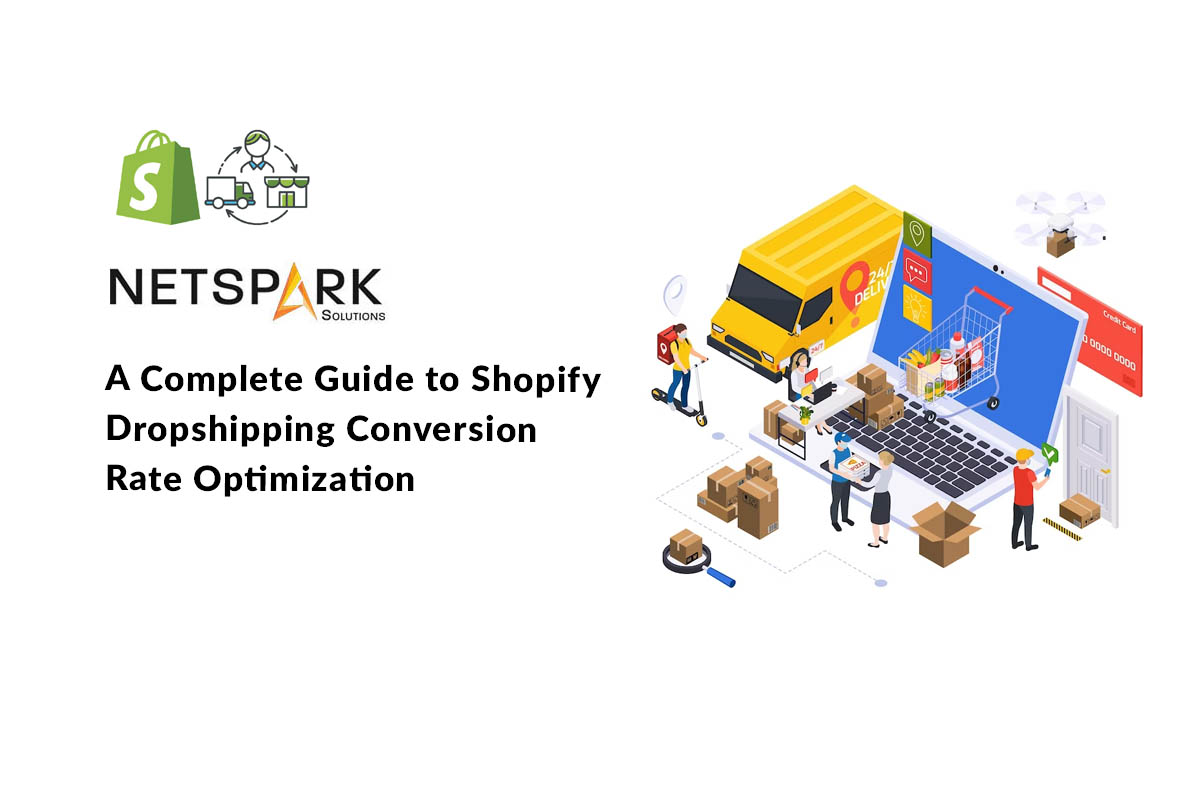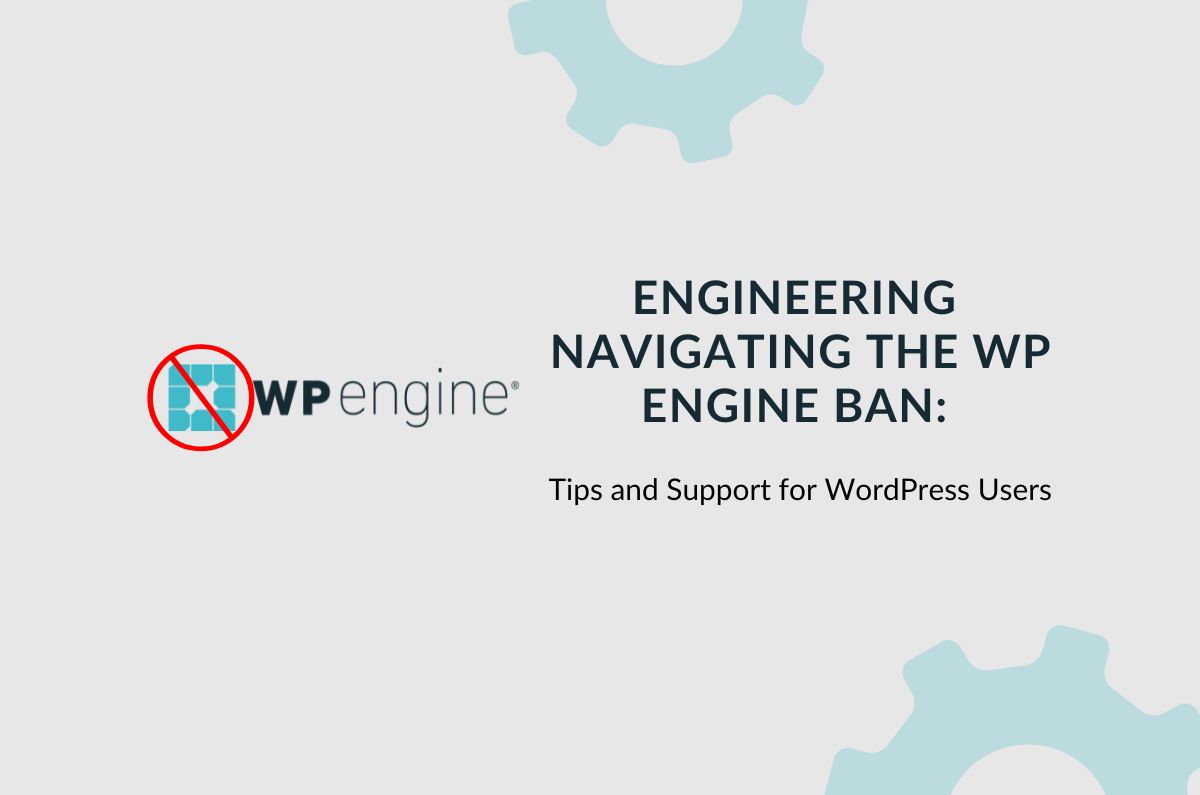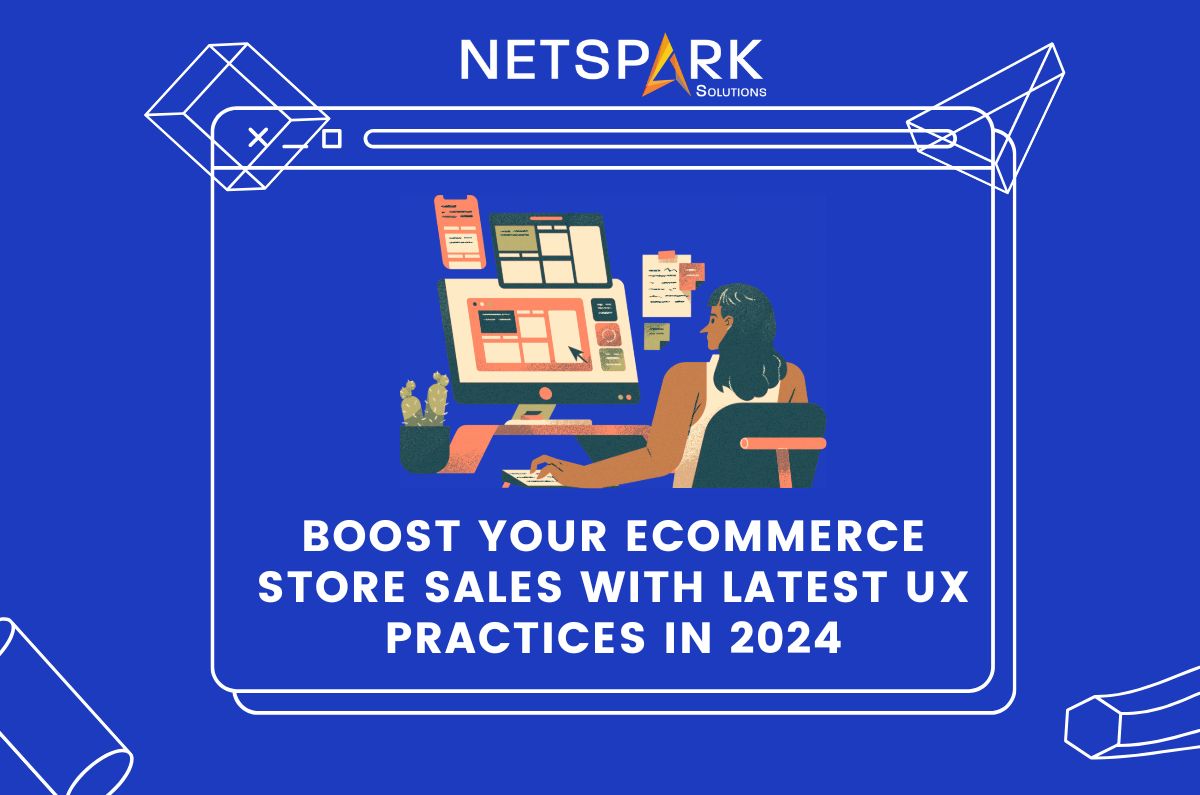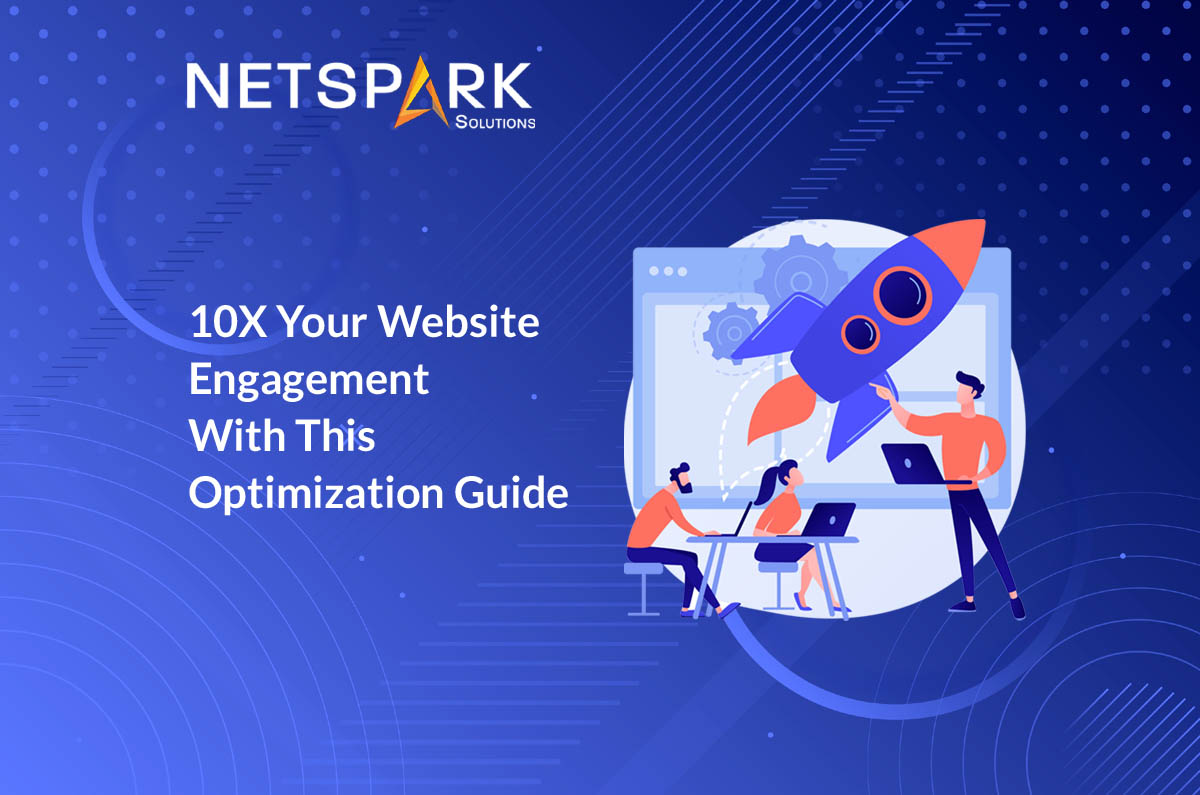Conversion Rate Optimization (CRO) for a Shopify dropshipping store is a bit tricky. Since you don’t primarily own the products, you have to manage multiple aspects to deliver a seamless shopping experience to your customers.
The volatile nature of a dropshipping business is one of the major reasons why the average CRO score remains within 4-6%.
But, there are a few strategies that can help you improve your Shopify dropshipping store’s conversions. When executed right, these strategies will help you surpass the growth barriers and increase your overall conversion rates.
1. Understand Your Target Audience
Understanding your target audience is a foundational step in implementing Conversion Rate Optimization (CRO) strategies effectively.
CRO aims to enhance the performance of your website by increasing the percentage of visitors who take desired actions, such as making a purchase, signing up for a newsletter, or filling out a contact form.
Start by gathering demographic information about your audience, including age, gender, location, income level, education, and occupation. This information helps you create a more accurate picture of who your potential customers are and allows you to tailor your website’s design, content, and messaging to resonate with their characteristics.
Understand how your target audience makes purchasing decisions. Do they respond to discounts and promotions, or are they more inclined to make a purchase based on product quality and reviews? This knowledge allows you to strategically position your offerings and emphasize the aspects that matter most to your audience.
2. Optimize Website Design and User Experience
A well-designed and user-friendly website is essential for improving conversion rates. Follow these tips:
- Clear Navigation: Ensure that visitors can easily find products, categories, and important information.
- Mobile Responsiveness: Your website should look and function well on mobile devices, as a significant portion of users shop on smartphones.
- Fast Loading Speed: Slow-loading websites lead to high bounce rates. Optimize images, minimize code, and use a reliable hosting service to speed up your site.
- Simplified Checkout Process: Keep the checkout process concise and straightforward to minimize cart abandonment.
3. Design High-Quality Product Pages
Investing time in creating appealing and informative product pages is crucial for maximizing conversions and driving sales on your website. These pages serve as the virtual storefront of your online business, and they play a significant role in influencing a visitor’s purchasing decision.
- High-Resolution Images:
Using high-quality images that showcase your products from multiple angles is essential. High-resolution images provide potential customers with a clear view of the product’s details, textures, and colors. This helps them make informed decisions and reduces the uncertainty associated with online shopping.
- Detailed Descriptions:
Craft clear and concise product descriptions that go beyond just listing features and specifications. Describe how the product solves a problem or fulfills a need for the customer. Use persuasive language to highlight benefits and advantages, and consider addressing common questions or concerns that potential buyers might have.
- Customer Reviews:
Displaying authentic customer reviews and testimonials on your product pages is a powerful way to build trust and credibility. Positive reviews from previous buyers can influence the decision-making process of potential customers.
- Social Proof:
In addition to customer reviews, consider incorporating social proof elements such as trust badges, certifications, and logos of well-known brands you’re associated with. These elements reinforce your credibility and reassure customers that they are making a reliable purchase from a reputable source.
4. Implement Effective Calls to Action (CTAs)
Creating compelling and effective Call-to-Action (CTA) buttons is essential for driving user engagement and conversions on your website.
One of the most effective ways to make your CTAs stand out is by using contrasting colors. Choose a color that is visually distinct from the surrounding elements on the page. The color should catch the visitor’s attention and make the CTA button easily noticeable.
Craft your CTA text using action-oriented language and persuasive verbs that encourage immediate engagement. Instead of using passive phrases, opt for strong and decisive wording that conveys the benefit or value of clicking the button. For example, use phrases like “Shop Now,” “Get Started,” “Claim Your Discount,” or “Download Now.”
The placement of your CTAs can significantly impact their effectiveness. Position them in areas where they are easily visible and accessible to users. Consider placing CTAs above the fold (the visible area of the page without scrolling) to capture visitors’ attention immediately.
The size of your CTA buttons matters. They should be large enough to be easily clickable on both desktop and mobile devices, but not so large that they overwhelm the page. Additionally, use clear and intuitive design elements such as buttons with rounded edges, drop shadows, or subtle animations to make them look clickable and interactive.
5. Optimize for SEO
SEO optimization and Conversion Rate Optimization (CRO) are two interrelated strategies that can greatly benefit dropshipping stores. SEO focuses on improving a website’s visibility in search engine results, while CRO aims to enhance the percentage of visitors who take desired actions, such as making a purchase.
Effective SEO efforts can drive more organic (non-paid) traffic to your dropshipping store by improving its search engine rankings. When more people find your store through relevant search queries, you have a larger pool of potential customers to engage with and convert.
SEO optimization often involves improving the overall user experience of your website. This can include optimizing page load times, enhancing mobile responsiveness, and organizing content in a user-friendly manner. A positive user experience can reduce bounce rates and increase the time visitors spend on your site, improving the chances of conversion.
If you operate a dropshipping store that serves specific regions, local SEO strategies can help you attract customers from those areas. Optimizing for local keywords, creating location-specific landing pages, and including your store’s address can help build trust with local customers.
Conclusion
Conversion rate optimization is an ongoing process that requires dedication and experimentation. By understanding your audience, optimizing your website, and refining your marketing efforts, you can significantly improve your Shopify dropshipping store’s conversion rates and ultimately drive more revenue.
Stay informed about the latest trends and technologies to ensure your CRO strategies remain effective in a constantly evolving e-commerce landscape. You can also partner with a Shopify development expert and let them optimize your store to improve its overall performance.











